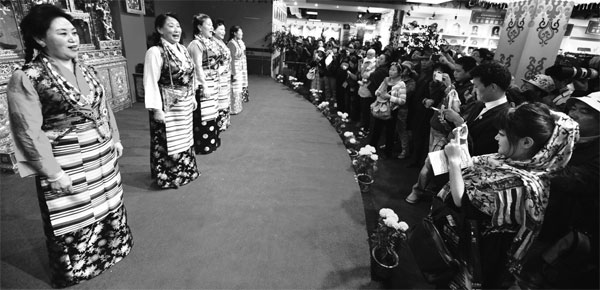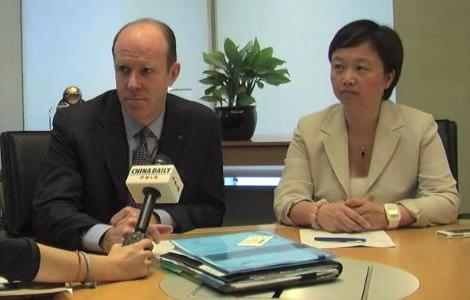Nepali VP: Ties with Tibet thriving
Updated: 2014-10-10 11:52
By Phuntsog Tashi and Palden Nyima in Lhasa(China Daily USA)
|
|||||||||
The mighty Himalayas have never been a barrier to interactions between China's Tibet and Nepal, two lands with much in common.
"We are not only blessed with similar geographical landscapes, but also share common values based on the teachings of Lord Buddha," said Nepali Vice-President Parmanand Jha.
Jha spoke at the First China Tibet International Tourism and Culture Expo in Lhasa, the capital of the Tibet autonomous region. The vice-president was one of a number of foreign VIP guests the regional government invited to the recent event.
Jha stressed that his country will help deepen cultural and historic relations and boost ties in trade, tourism, traffic, hydropower and agriculture in the near future.
Jha said that these bonds of friendship linking the regions for thousands of years have matured into a cordial and rewarding relationship. Both peoples share similar cultures and earn their livelihoods through interdependent trade.
"These relations have been steadily growing each year and have successfully stood the test of time," Jha said.
Both nations also have cherished and benefited from matrimonial relationships, highlighted by one in particular.
"The marriage of the Nepalese Princess Bhrikuti with the Tibetan King Songtsan Gampo in the 7th century is a real testimony to that relationship," said Jha.
He believed that his country would reap benefits from China's rapid growth and development in the last few decades and praised China's reliability.
"China has been a reliable development partner of Nepal in its various development initiatives," Jha said. "We wish to sincerely express our appreciation for the support and assistance the government of China has been so generously providing for the socioeconomic development of Nepal."
Sharing a border of 1,414 kilometers, Jha said that his country expects more intensive trans-Himalayan cooperation in trade, tourism, agriculture, energy and minerals.
Cultural ties also are strong, he said. Citizens from both countries share the same pilgrimages, such as those to Mount Kailash and Mansarovar Lake, and Jha emphasized that both should work together to promote the protection, accessibility and safety of their cultural and natural heritages.
Jha said Chinese tourists rank second only to India in the number of visitors, which is close to a million.
"There is great potential for increasing that number, including by attracting mainland tourists to Nepal who visit Tibet," Jha said.
"It would significantly contribute to the development of our country through tourism," he said.
Nepal's stunning natural beauty has attracted Chinese people in growing numbers, who enjoy mountain treks, he said.
Jha predicted great potential for mutual cooperation and highlighted the fact that Nepal's trade with China is ever-expanding; a major portion of this is conducted through Tibet.
Jha is concerned that exports from his country to China were negligible compared with imports.
"We need to further explore Chinese markets and identify, develop and diversify potential export products with comparative advantages," Jha said.
On the newly opened Lhasa-Xigaze railway, Jha is eager to see it extend to Nepal.
Jha believes that such an extension could improve bilateral and regional trade.
"I am convinced that this expo has the capability to unleash the potential for promoting cooperation between Nepal and China in various areas," he said.
|
Audience watch a traditional Tibetan performance during the first China Tibet International Tourism and Culture Expo in Lhasa. Danzeng Xidan / For China Daily |
(China Daily USA 10/10/2014 page5)
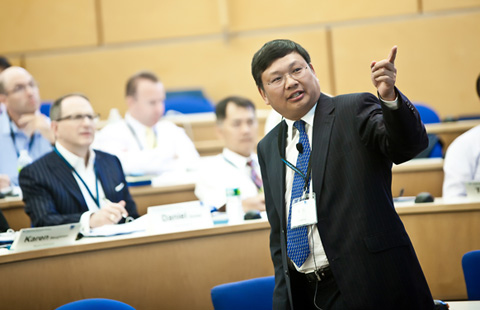
 Chinese companies going global in expansion
Chinese companies going global in expansion
 Builder flexes muscle in US
Builder flexes muscle in US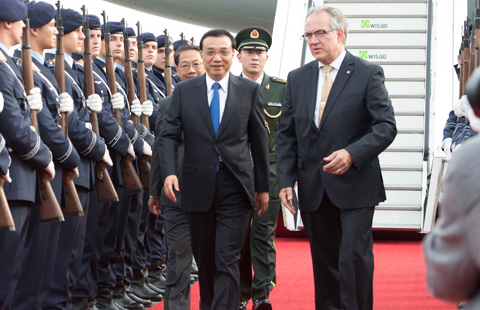
 Li arrives in Germany, first leg of Europe trip
Li arrives in Germany, first leg of Europe trip
 Mt Sinabung erupts again in Indonesia
Mt Sinabung erupts again in Indonesia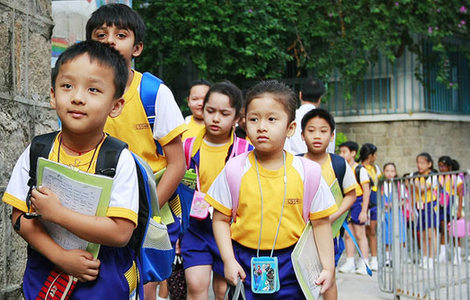
 Silent HK majority urged to support government
Silent HK majority urged to support government
 Lunar eclipse in Asia and the Americas
Lunar eclipse in Asia and the Americas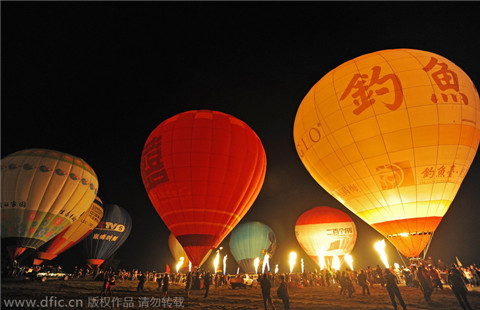
 Hot air balloon challenge in Wuhan
Hot air balloon challenge in Wuhan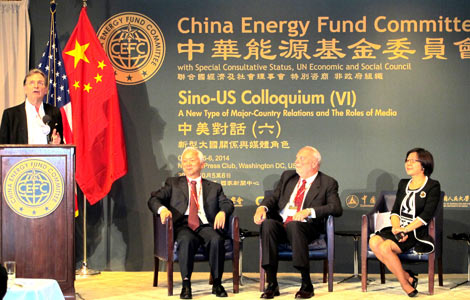
 Cultural bridge key for China, US
Cultural bridge key for China, US
Most Viewed
Editor's Picks

|

|

|

|

|

|
Today's Top News
Chinese companies going global in expansion
Waldorf Astoria sale to spur more purchases by Chinese
Premier pushes innovation on German visit
Beijing to keep the lid on air pollution for APEC
Li arrives in Germany, first leg of Europe trip
China's economy surpasses US
IMF: Shadow banking filling gaps
China's status prominent at 'Big Four' firm Ernst & Young
US Weekly

|

|
